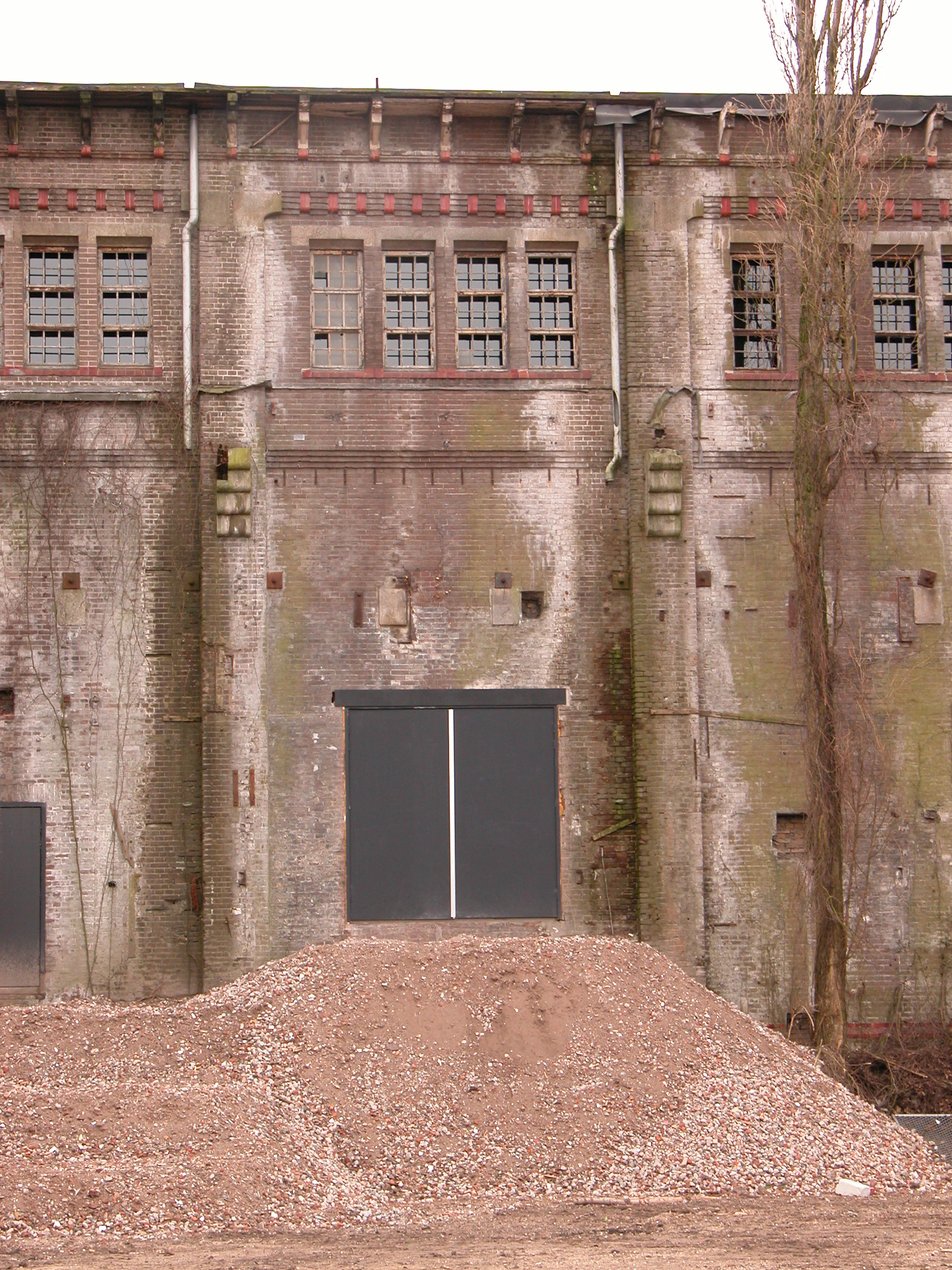As societies evolve, so do their approaches to justice and rehabilitation. Prisons, often seen as the last resort for dealing with crime, have become focal points for debate regarding their effectiveness, conditions, and the overarching goal of rehabilitation versus punishment. In recent years, the conversation surrounding prisons has intensified, revealing both challenges and opportunities for reform.
The United States, which has one of the highest incarceration rates in the world, faces significant scrutiny regarding its prison system. With over 2 million individuals behind bars, many advocates argue that the current system is not only overcrowded but also fails to address the root causes of criminal behavior. Conditions in many prisons have been described as inhumane, with reports of overcrowding, inadequate healthcare, and violence. These factors contribute to a cycle of recidivism, where former inmates find themselves back in prison shortly after release.

In response to these issues, various states have begun to implement reform measures aimed at reducing the prison population and improving conditions. Initiatives such as sentencing reform, diversion programs, and increased funding for mental health and addiction treatment have gained traction. For instance, some jurisdictions have adopted policies that prioritize rehabilitation over punishment, allowing non-violent offenders to serve their sentences through community service or treatment programs rather than incarceration.
Moreover, the role of education and vocational training in prisons has garnered attention as a critical component of successful rehabilitation. Studies indicate that inmates who participate in educational programs are significantly less likely to reoffend. As a result, some prisons are now offering courses that range from basic literacy to vocational skills, equipping inmates with the tools they need to reintegrate into society upon release.
However, challenges remain. Funding for these programs is often limited, and many facilities struggle to provide adequate resources. Additionally, public perception of prisons can hinder reform efforts. The stigma surrounding incarceration can make it difficult for former inmates to find employment and reintegrate into their communities, perpetuating the cycle of crime.
Internationally, the approach to prison reform varies widely. Countries like Norway and Sweden are often cited as models for their humane treatment of inmates and focus on rehabilitation. In these nations, prisons are designed to resemble communities rather than institutions, emphasizing respect, dignity, and personal responsibility. Such models challenge the traditional punitive approach prevalent in many parts of the world.
As discussions about prison reform continue, it is clear that a multifaceted approach is necessary to create a more effective and humane system. Engaging communities, policymakers, and stakeholders in dialogue is essential to addressing the systemic issues that plague the current prison system. The path forward will require a commitment to understanding the complexities of crime and punishment, and a willingness to embrace innovative solutions that prioritize rehabilitation over retribution.
In conclusion, the state of prisons today reflects broader societal values and priorities. As the conversation evolves, so too must our strategies for dealing with crime and justice. With the right reforms and a focus on rehabilitation, it is possible to transform prisons from mere holding cells into environments that foster growth, healing, and ultimately, a safer society for all.
